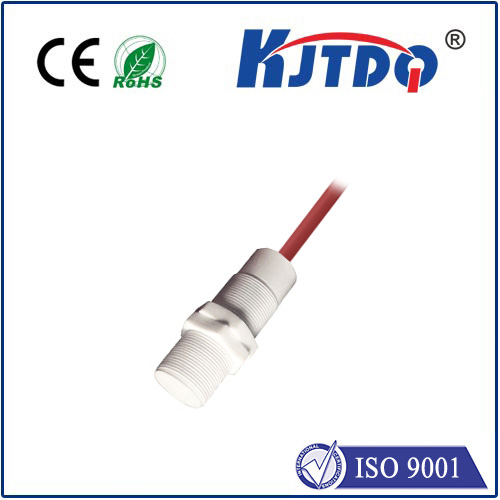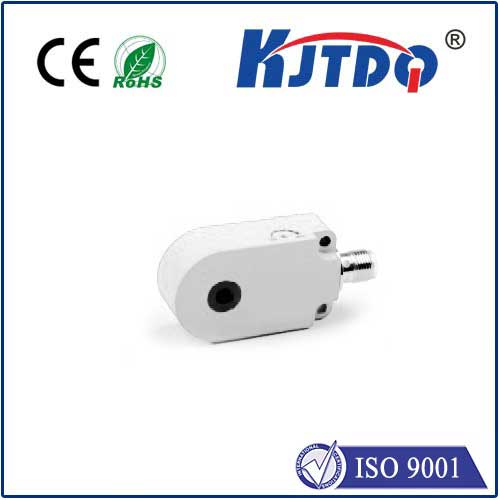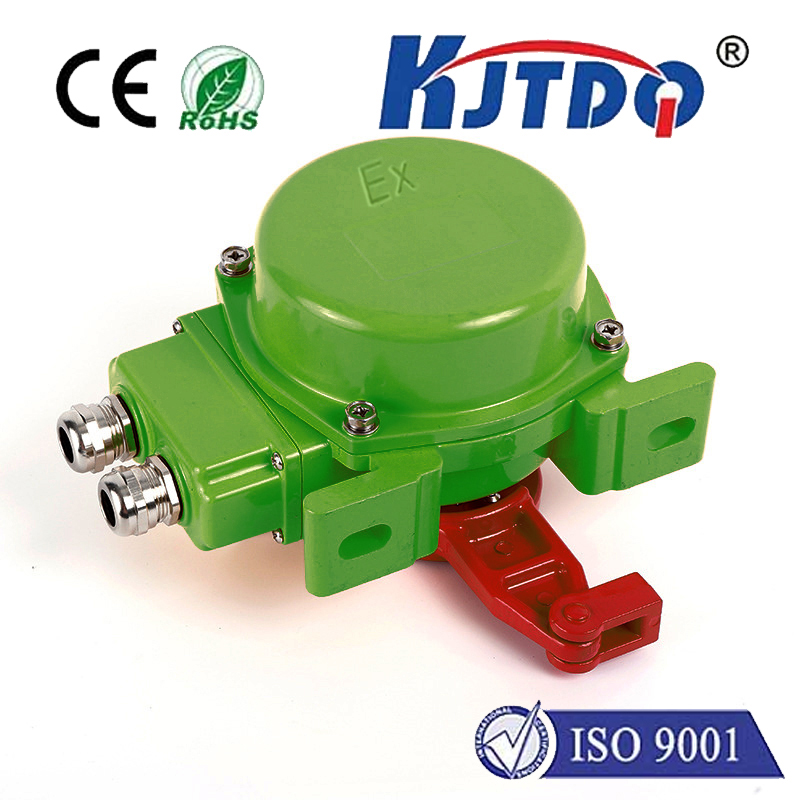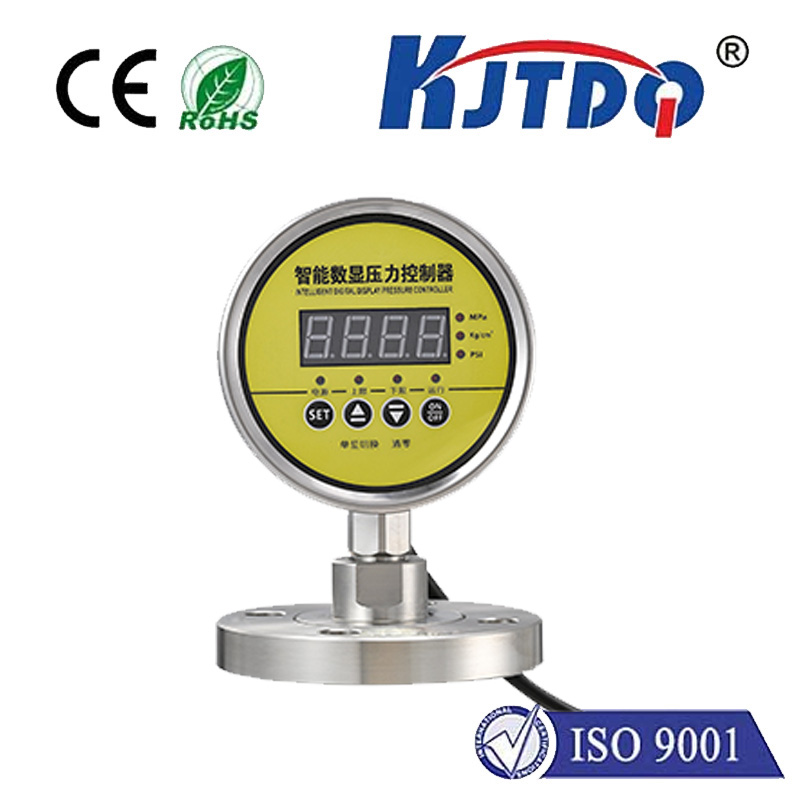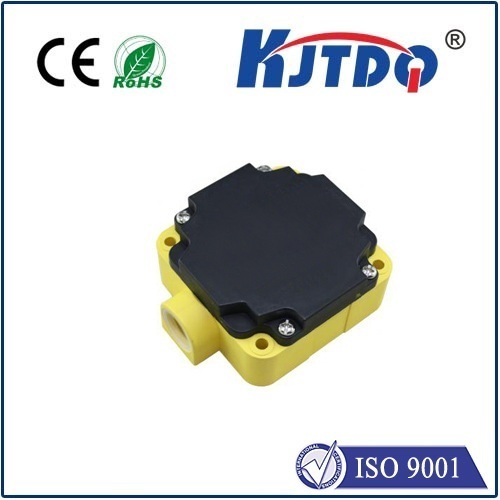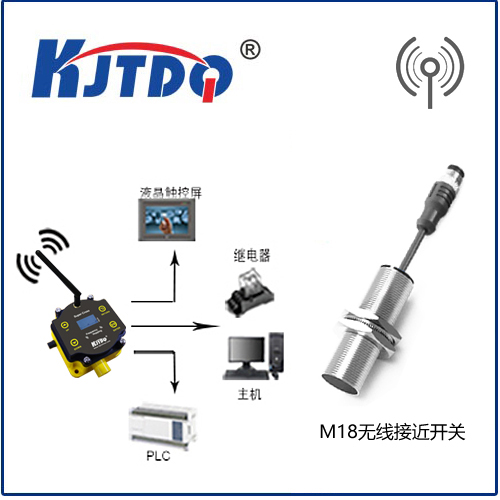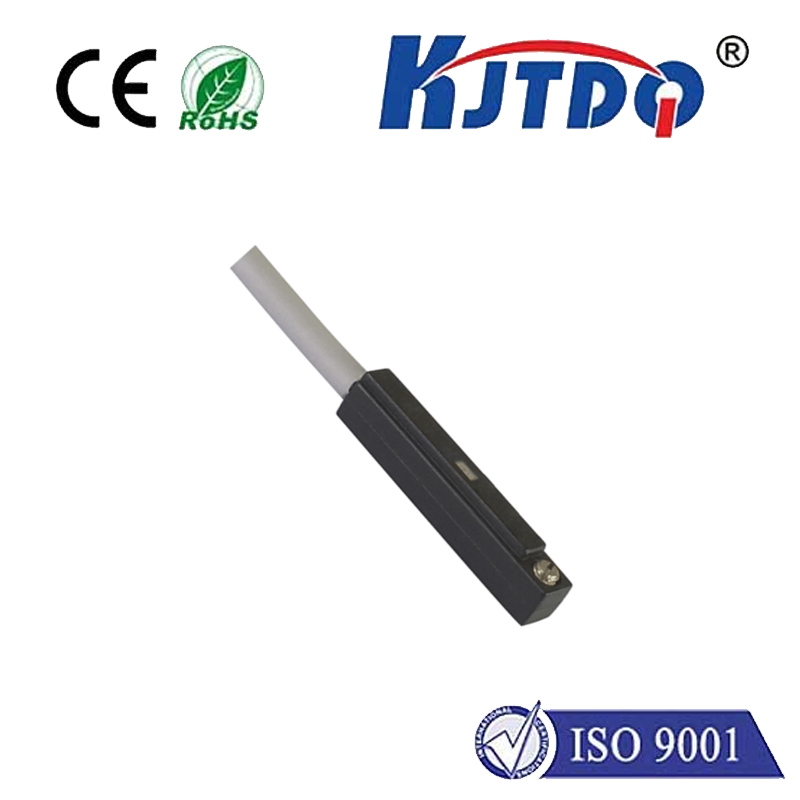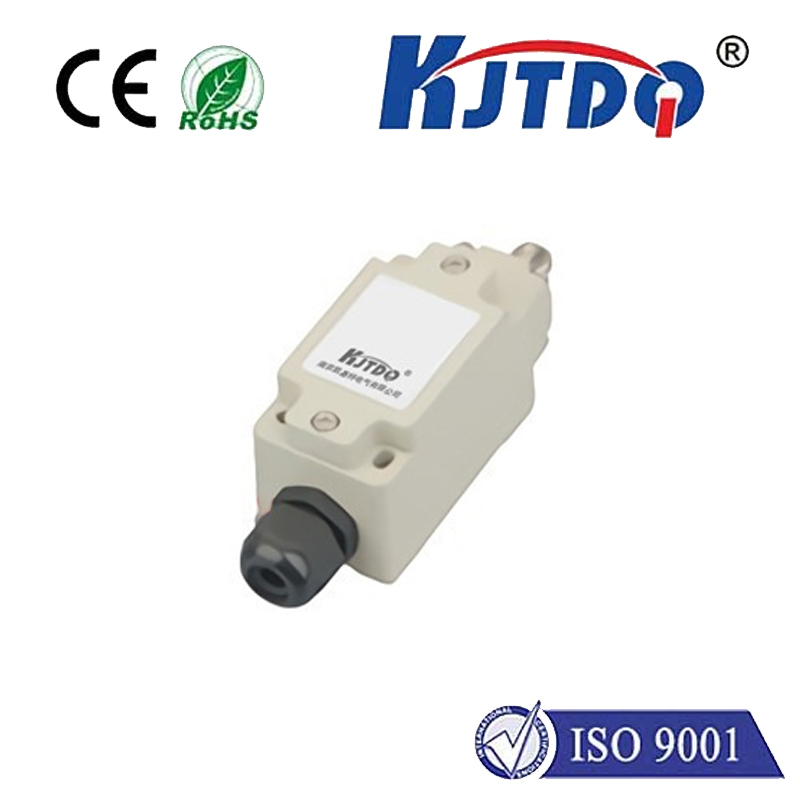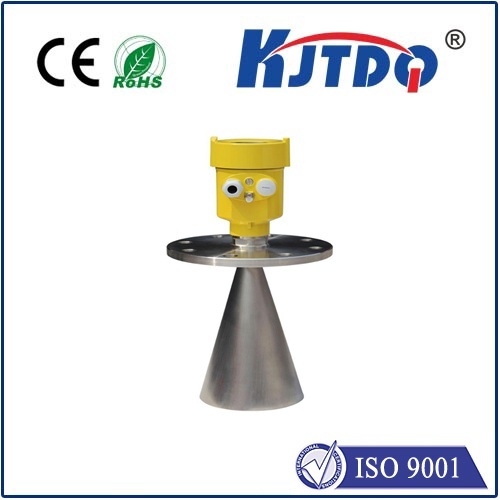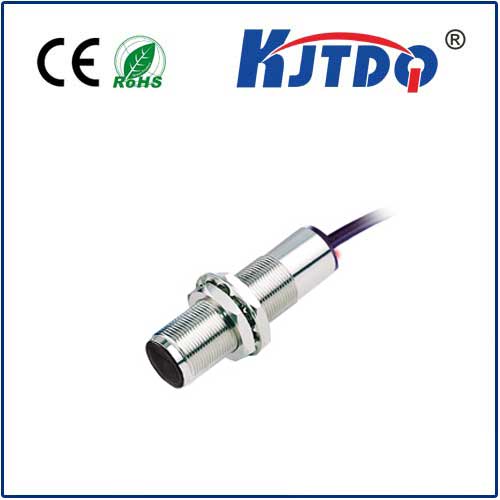

check

check

check

check

check

check

check

check

check

check
Title: VCSEL Proximity Sensor: Revolutionizing Modern Sensing Technology
Introduction
In the ever-evolving world of technology, advancements in sensor technology have paved the way for innovative applications that were once considered impossible. One such breakthrough is the VCSEL (Vertical Cavity Surface Emitting Laser) proximity sensor, a cutting-edge solution that is revolutionizing modern sensing technology. In this article, we will delve into the workings and benefits of VCSEL proximity sensors, shedding light on their impact on various industries.
Working Principle of VCSEL Proximity Sensors

A VCSEL proximity sensor operates based on the principle of light reflection. It consists of a VCSEL chip that emits infrared light towards the target object. The light reflects off the object and is then detected by a photodiode within the sensor. By measuring the time it takes for the light to travel to the object and back, the sensor can calculate the distance between itself and the target. This non-contact measurement technique offers high precision and fast response times, making it ideal for a wide range of applications.
Benefits of VCSEL Proximity Sensors
One of the primary advantages of VCSEL proximity sensors is their exceptional accuracy. With resolutions as fine as a few micrometers, these sensors can detect even the slightest variations in distance, ensuring reliable performance in critical applications such as manufacturing processes, robotics, and automotive systems. Additionally, VCSEL sensors boast high speed and sensitivity, enabling real-time monitoring of dynamic environments without any lag or delay.
Another notable benefit of VCSEL proximity sensors is their compact size and low power consumption. These features make them highly suitable for integration into portable devices and minimalist designs, expanding their potential use cases to include smartphones, wearables, and home appliances. Moreover, VCSEL sensors are highly resistant to environmental factors such as dust, moisture, and temperature fluctuations, ensuring stable operation across diverse settings.
Applications of VCSEL Proximity Sensors
The versatility of VCSEL proximity sensors has led to their adoption in numerous industries and applications. In the automotive sector, they are used for advanced driver assistance systems (ADAS), allowing vehicles to detect obstacles and regulate safety features like adaptive cruise control and automatic emergency braking. In the industrial realm, VCSEL sensors play a crucial role in quality control processes, where precise measurements are paramount for producing high-quality products.
Furthermore, the healthcare industry has also begun to explore the potential of VCSEL proximity sensors. For instance, they can be integrated into medical devices to monitor patient vital signs or assist in surgical procedures by providing real-time feedback on instrument positioning. The possibilities seem endless as researchers continue to discover new ways to harness the power of VCSEL technology.
Conclusion
The advent of VCSEL proximity sensors has opened up a world of possibilities for modern sensing technology. With their unparalleled accuracy, speed, and versatility, these sensors are transforming industries ranging from automotive to healthcare. As we look towards an increasingly connected future, the importance of VCSEL proximity sensors will only continue to grow, shaping the landscape of innovation and progress for years to come.
